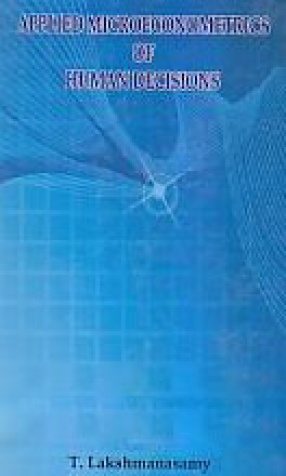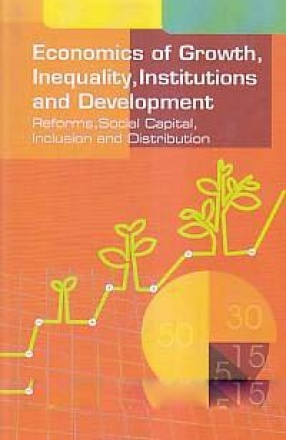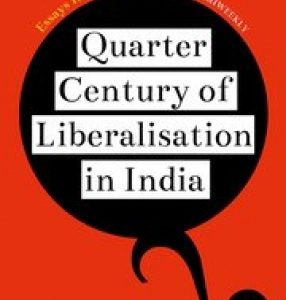This book is analyses the economics of human decisions with respect to both the market activities and the non-market behaviour. The household decision making approach has been followed to understand many economic and non-economic decisions of individuals who are members of a family. Using strong economic theories, rich data and powerful microeconometric methods, this book demonstrates the household decision making processes with respect to demand for children, labour market behaviour, discrimination, education, empowerment, bargaining, efficiency, risk and vulnerability and other non-market activities. It has been shown in this book that the household decisions are rational and have strong cost-benefit calculations and are based on utility gains. The theoretical and empirical results presented in this book demonstrate that the economic approach is a comprehensive one that is applicable to all human behaviour, be it behaviour involving money or emotions, rational or irrational, political or sociological, market or non-market, single or multiple decisions and by single or multiple decision makers. Some macroeconomic issues on banking efficiency and public debt management are also analysed. The book also demonstrates the applicability of many applied microeconometric methods for the quantitative analysis of human decisions. The book is intended to be a reference material for the quantitative analysis of the human decision making process.
Contents: Preface. I. Economics of demand for children: 1. Economic utility and demand for children: a theoretical and empirical analysis. 2. Demand for children in rural families: children as consumption utility. 3. Economic contribution of rural children and family fertility behaviour: a rationale for high fertility in India. 4. Old age, risk, security and children: empirical evidence from rural India. 5. Hours of work of rural children: its determinants and effect on fertility. II. Economics of labour market behaviour: 6. Determinants of earnings in scientific labour market. 7. Dual selection criteria for simultaneous decisions: migration and sector choice of scientific and technical females in India. 8. Employment decision and earnings: issues of self selection and selectivity bias. 9. An econometric analysis of the worker choice between public and private sectors. 10. Discrimination by community: evidence from Indian scientific and technical labour market. 11. Occupational segregation and earnings discrimination by sex: evidence from India. 12. Stochastic frontier function and the measurement of sex discrimination. 13. Asymmetric information or ignorance in the labour market: A two-tiered earnings frontier estimation. 14. Labour use efficiency of banking sector in India. III. Economics of education: 15. Demand for higher education and willingness to pay: an econometric analysis using contingent valuation method. 16. Women’s education, dowry, bargaining and gains to marriage. 17. Women entrepreneurship: human capital versus family background. 18. Intergenerational transmission of income and education in India. IV. Economics of household relations: 19. Education, search, matching and age at marriage of females. 20. Testing unitary and Nash bargaining household models in India. 21. Vulnerability of landholdings of income shocks: an analysis of household welfare under risk. V. Economics of efficiency measurement: 22. Production frontiers and efficiency measures: an analysis of the banking sector in India. 23. Technical efficiency measures for single and multiple output technologies. 24. Public debt management in India: theoretical and empirical approaches. VI. Econometric methods: 25. Microeconometrics of selective samples and discrete choice. 26. Econometrics some basic developments. References.








There are no reviews yet.